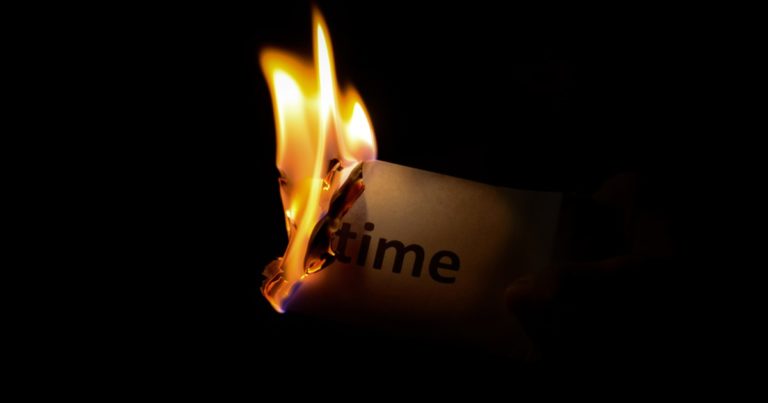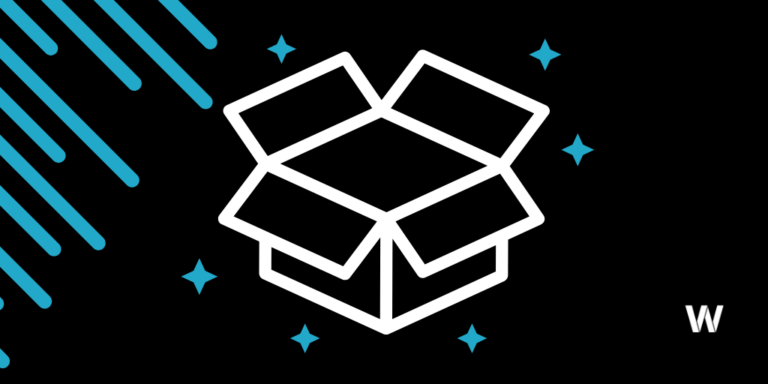The Skill of Prioritization: How to Choose The Right Thing to Work On
By Warren Wong
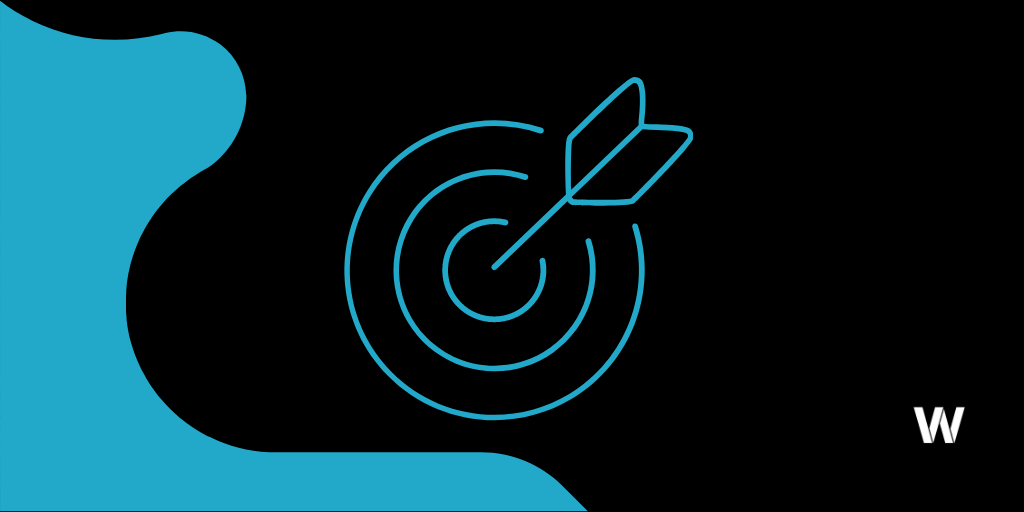
When our days are spent bouncing from one task to another, it can feel like we’re not getting anything done at all. People that get a lot done focus on high value tasks, not on the actual amount of tasks they complete. Herein lies a fundamental difference.
A high number of tasks completed does not make a successful day. It can actually result in feelings of tiredness and stress which ultimately, is unproductive. Rather, we should focus on completing high value tasks in manageable chunks on a reasonable timeline. Slow and steady wins the race.
Sometimes a task seems unimportant to others, but it is to you. These tasks are likely important to your personal growth. If a task is unimportant to you, but important to your company, then it’s a high priority task that warrants your attention.
The skill of prioritization is the ability to pick and choose which tasks are most important at the moment and focusing your efforts on it and deprioritizing the rest. It’s choosing the right thing to work on.
High Value
Choosing the right tasks to focus on is what sets high performers apart. It’s not that they have more hours in the day, but they know what to focus on and what to ignore.
What makes certain tasks high value is the return from completing them. Whether it’s an investment leading to a large payoff down the road or it’s a simple task that delivers instant value, both can be high value. Usually higher value tasks take longer to complete, but not always the case.
Here are some examples of long term high value tasks: sustaining investing in index funds consistently for 15 to 25 years using the power of compound interest, building a business leveraging technology and social media or investment in a highly unique skill such as programming, medicine, or the art of making sushi.
On the other hand, some high value tasks can be done quickly and provide instant value, such as unblocking another team that’s working on a high value project, or saying no to a commitment in order to focus time and energy elsewhere.
Not all tasks are made equal. Some are difficult, but yield little value, while others are simple, but highly valuable. Awareness can make you highly effective in your personal and professional life.
The Eisenhower Matrix
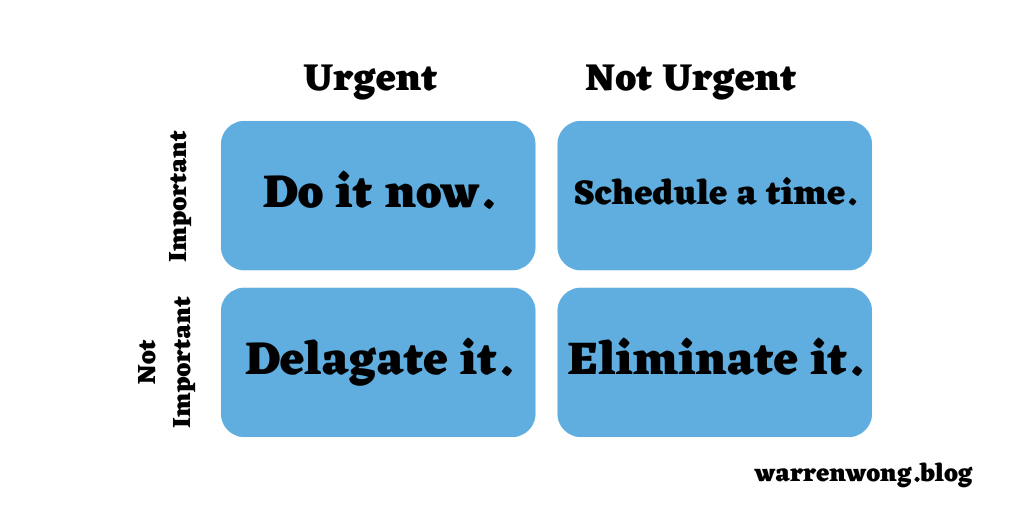
The Eisenhower Matrix is a simple, yet effective way to prioritize. Within 4 quadrants, we have different rated tasks: urgent and important, not urgent and important, urgent and not important, and not urgent and not important.
Our ability to evaluate tasks within this decision matrix and stick to our decision will define how effective we are at getting things done. There will be outside influence from our boss, friends, and family, so learning to navigate is important.
The people that are able to get things done share a unique trait that sets them apart. They are able to disappoint others in order to stay focused. They know how to say no.
The ability to say no is an underrated skill. During a day we can be pulled in many directions with “urgent” tasks vying for our attention. Being able to discern which tasks can be ignored, delegated, or prioritized is a skill that can be improved with practice.
Filler tasks, under the not important and not urgent quadrant, are those we unconsciously add onto our todo list. They are low value, feel productive, but actually aren’t. Examples include constantly checking emails, urgently responding to work communications, and cleaning, all in order to avoid doing what matters, the actual work.
Important and Not Urgent
The important and not urgent tasks are particularly intriguing. These are tasks that are not time sensitive, but important in the long term. They are most likely tasks that you’ve been putting off for “someday”.
What we unintentionally do when we wait for someday is we leave things to chance. We forget them altogether, until one day they become urgent themselves. This reminds me of a bucket list the dreams we hold off until we’re old.
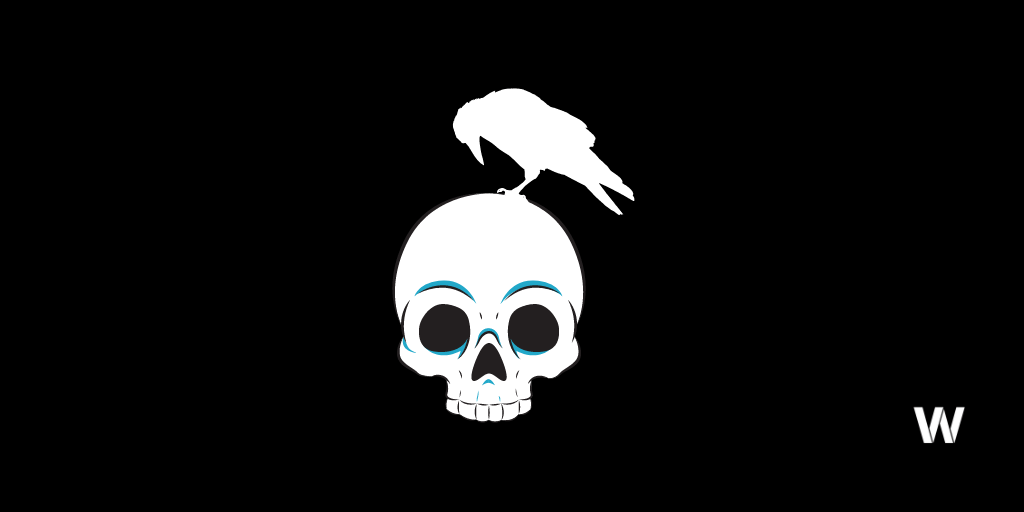
Those tasks have a way of creeping up on us. Sometimes folks realize their mortality through a near-death experience or they realize there’s no time like the present.
Humans are very good at certain things, but horrible at others, like our sense of time. Not that we can’t tell the time, but time in relation to tasks and when to do them. We think we have forever, but that type of thinking can be a trap.
Ability to Choose
The skill of prioritization really comes down to judgment: the ability to choose if and when to complete tasks inline with our goals and values.
When we are making decisions with competing priorities, it’s wise to have a plan. Take time to review and decide which tasks fall where on the Eisenhower Matrix. This will help you choose.
Choosing the correct task to work on is an underrated skill. Rather than focusing on how much you can get in a day, sometimes it’s about choosing what to work on.
If you choose to spend your time on the wrong task, it will not only waste your time and energy, but it will distract you from what you should actually be working on.
You might be wondering, “How do I choose correctly?” What to work on is subjective. Everyone has different personal and career goals. Knowing your values will inform you what to focus on, and what to remove. When goals are not aligned with your values, it can cause a lot of problems: lack of motivation, procrastination, and low effort.
Perhaps your current goals aren’t aligned with your values and you find yourself at a crossroad wondering, “Do I give up my current goals in pursuit of new ones?” The difficult choice requires self-discovery and saying no to old goals and embracing the new.
Writing never came naturally to me. I still struggle to find the right words and sometimes I misplace punctuations in my sentences. I had to teach myself how to write because it’s a skill that I need in order to do what I love, which is to express ideas and help others. And so I embraced a beginner’s mindset and got to work. One word at a time. One sentence at a time.
Doing the right thing isn’t always easy. You might not have any natural talent for it, but, in the long term it is the right choice.
Oftentimes, choosing what to prioritize isn’t the difficult part. But, it’s the work that follows the choice that people can’t sustain. Sometimes it’s the fear of success that traps them into doing things that aren’t meaningful, and low impact.
Reduction
On the other hand, not only is it important to choose what to prioritize, but what to eliminate. These tasks fall under the not important and not urgent quadrant and they are most sinister. They tend to take up most of our time, and provide very low value.

There’s an interesting psychological benefit in tackling tasks that really should be eliminated. That cheap dopamine rush provides us with a fake sense of accomplishment while wasting our time and energy. It’s the free check in the box where you feel like you did a lot, but haven’t moved the needle at all. It’s a form of procrastination.
My strategy is to focus my mornings, when my energy levels are at its highest, on high value tasks such as writing. If I’m not careful I will catch myself going down a rabbit hole researching the most banal topics, putting in a load of laundry or checking emails that have piled up.
We’ll do anything but the work. This is where most of us find ourselves. We choose to tackle insignificant tasks that give us a false sense of accomplishment when really, it shouldn’t have been on our todo list at all.
In an effort to choose the right thing to work on, we need to also eliminate the unnecessary. Many of us fall prey to the Shiny object syndrome, where we bounce from one task to another, chasing the most interesting thing to us at that moment.
Sometimes it’s something we see on TV, or it’s the latest technology your coworker mentioned in passing or a trending video on social media. We find ourselves bouncing from one idea to another, dividing our time and energy on pointless endeavors.
The skill of prioritization is the opposite, where we focus deeply on one or two high value tasks. These tasks usually require focus, creativity, and hard work, and are crucial in our personal and career goals.
Maintaining focus on these tasks is the most difficult part. They require your undivided attention and can sometimes take weeks, months, and years, with no end in sight to complete. The bigger the reward, the longer it takes.
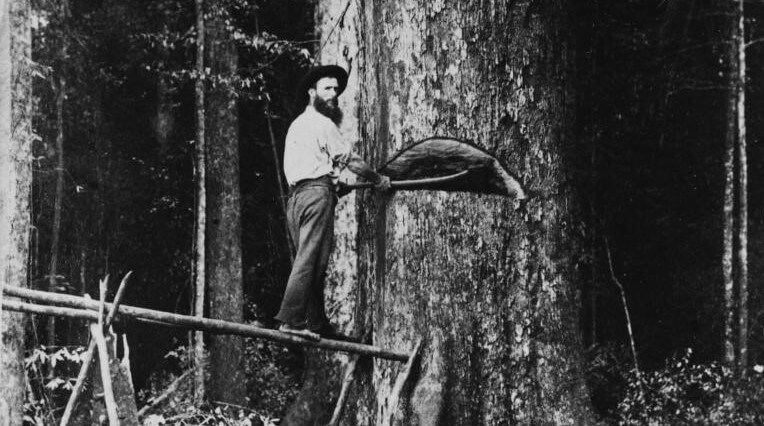
So, in order to maintain focus, remove everything that distracts you from those one to two tasks. That means saying no to tasks that are of lesser value and communicating to others what and why you’re focused on those tasks instead of others.
Practical Application
Prioritization is a skill, which can be improved by practicing our judgment. The first step is awareness. Evaluate your lifestyle and track what you spend your time on.
Use the Eisenhower matrix to categorize tasks on your to-do list. This serves as practice. As you go through this exercise you will start to notice how you define tasks and how you prioritize them.
Perhaps you find yourself spending way too much time on tasks that should be eliminated, and skirting the tasks that are high value. This is the usual culprit.
Ask yourself, “How can I reduce or eliminate filler tasks? Are there tasks that I’ve been holding off on that are highly valuable to my personal and career goals because it’s too hard or complicated?”
These are more than likely what you should be focusing on. Let fear be your compass.
Conclusion
Choosing the right thing to work on in your personal and work life will have outsized effects. Energy spent on the wrong tasks will leave you tired and drifting aimlessly. Incorporating the skill of prioritization into your workflow will help you choose better.
With practice, your judgment will improve over time. Your frame of reference on whether potential tasks align with your values, and personal and professional goals will improve. When they aren’t you’ll be more empowered to say no, and stick to your decision because you know where you’re headed.


